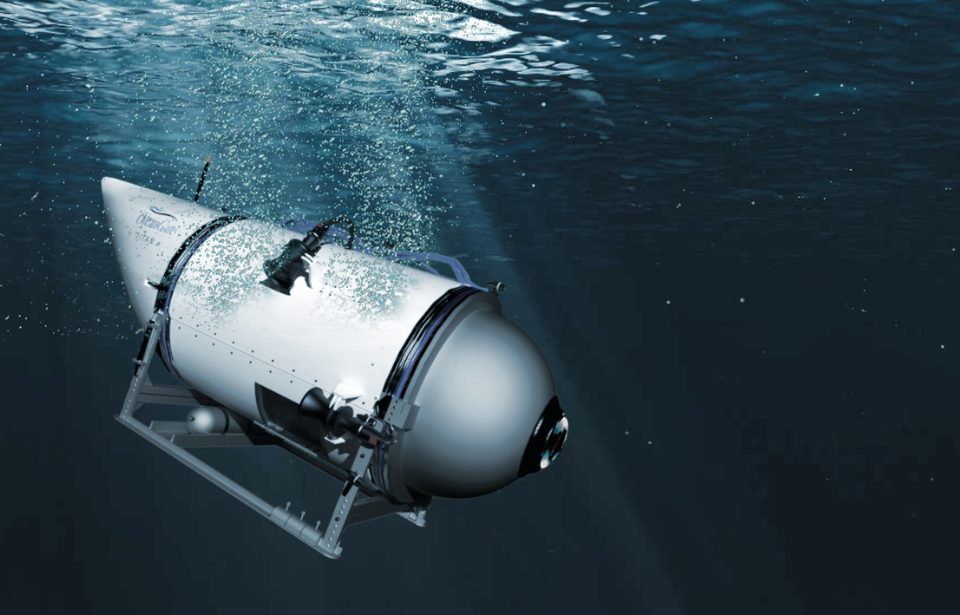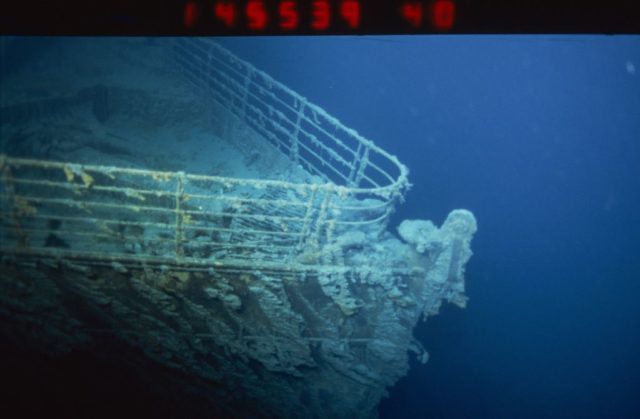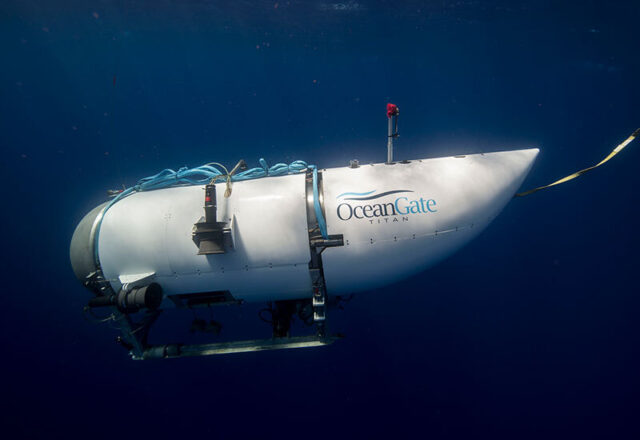
Since the infamous loss of the world’s first “unsinkable” ship, the wreck of the RMS Titanic has been slowly decaying. For Titanic (1997) fans and researchers looking to make the pilgrimage to the bottom of the Atlantic, time was already running out – and after a submersible imploded, killing the crew of five onboard, it was even more doubtful that anyone else would make the voyage.
Recently, word of a 2024 expedition to the wreck of the Titanic was announced, and many aren’t too happy about it.
12,600 feet below the sea

A company called Deep Ocean Expeditions accomplished their first deep-sea dive to visit the Titanic in 1998, and continued the expeditions until 2005. To mark the 100th anniversary of the disaster, Deep Ocean announced one final trip in 2012. For just $59,000 dollars, anyone could travel the 12,600 feet to the historic wreck and become one of 250 people to ever see it with their own eyes.
“I think one thing that captures people is a direct link to this almost mythological maritime character, the Titanic,” Rob McCallum of Deep Ocean Expeditions told National Geographic in April 2012, “Being able to go and actually see it and pay homage to it, if you like, is an incredible aspect of this expedition.”
The conditions of the ocean water, combined with bacteria, are slowly eating away at the Titanic wreck, which continues to decay each year. The ship’s iconic crow’s nest has fallen, and the railing along the bow could break apart any day.
The company OceanGate had previously offered expeditions to the Titanic, to provide researchers and curious citizens with a chance to analyze the wreck, including assessing damage, 3D imaging, photography, communication, navigation and dive planning. When the expedition trips first began, initial pricing per seat was $125,000 – a small price to pay for the trip of a lifetime
A dangerous underwater voyage

The two-and-a-half-hour trip down to the Titanic wreck isn’t your standard vacation. The underwater pressure on the ocean floor is roughly 5,541.9 pounds per square inch, enough to explode the submersibles used if even a small hole or scratch occurs. The vessels can only fit three people, and each expedition takes roughly eight to 10 hours roundtrip.
While the research expedition promises to help document and preserve the disappearing wreckage, it also poses a serious threat to the already fragile historic artifact. Many historians and advocates disagree with frequent expeditions to the ruins – not only to protect what remains of the Titanic, but also to respect it as a graveyard for the 1,160 people who were never recovered after the sinking.
An OceanGate expedition went missing

After a few expeditions under their belt, OceanGate upped the charges for people who wish to venture down to the wreck to a whopping $250,000 per seat. During their most recent expedition in June 2023, contact was lost with the submersible while it had five passengers onboard. Titan was the only one of three vessels capable of diving down deep enough to reach the RMS Titanic.
In a statement, the company explained, “Our entire focus is on the crewmembers in the submersible and their families.”
They didn’t conduct the search alone, expressing their deepest gratitude “for the extensive assistance we have received from several government agencies and deep sea companies in our efforts to re-establish contact with the submersible.”
